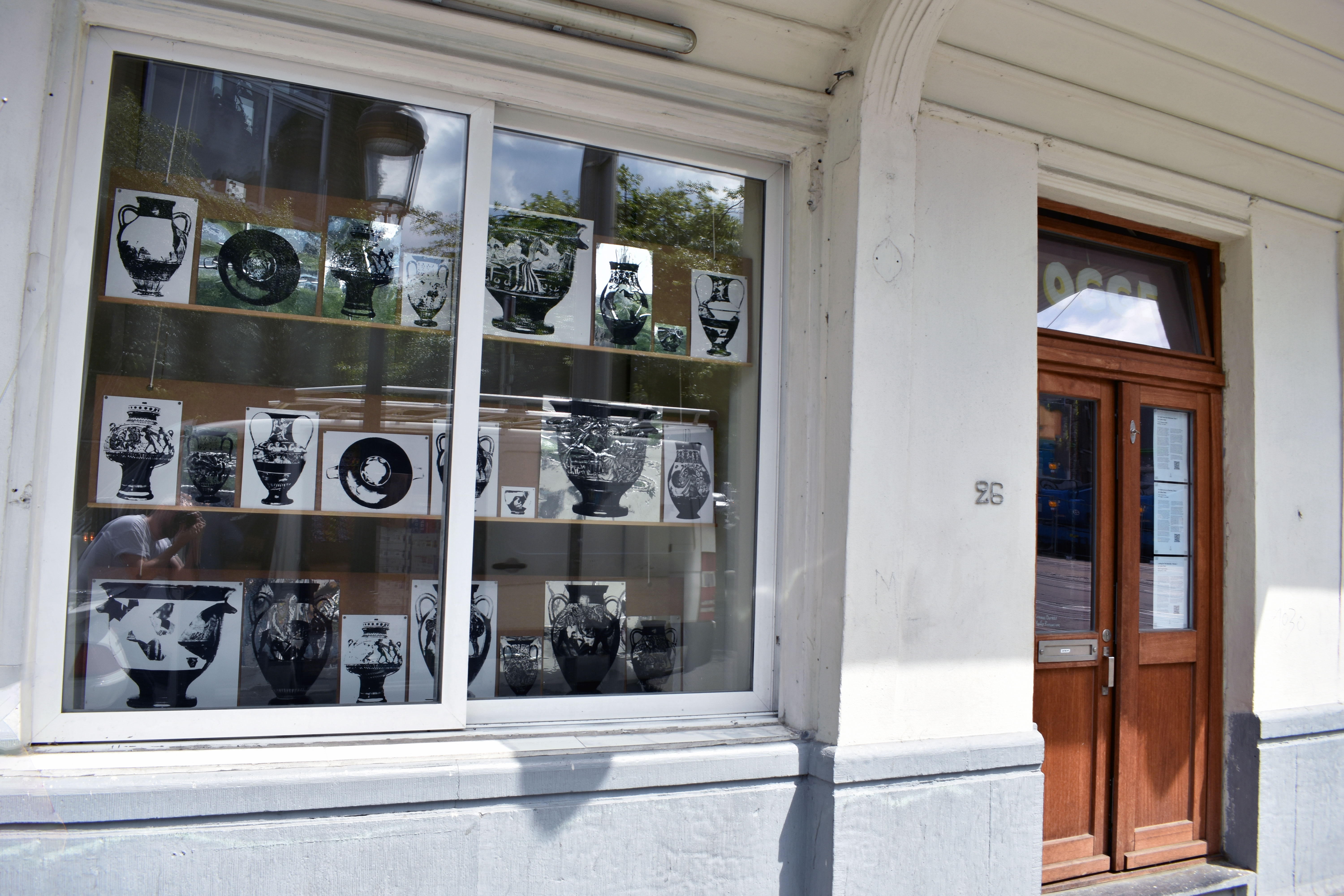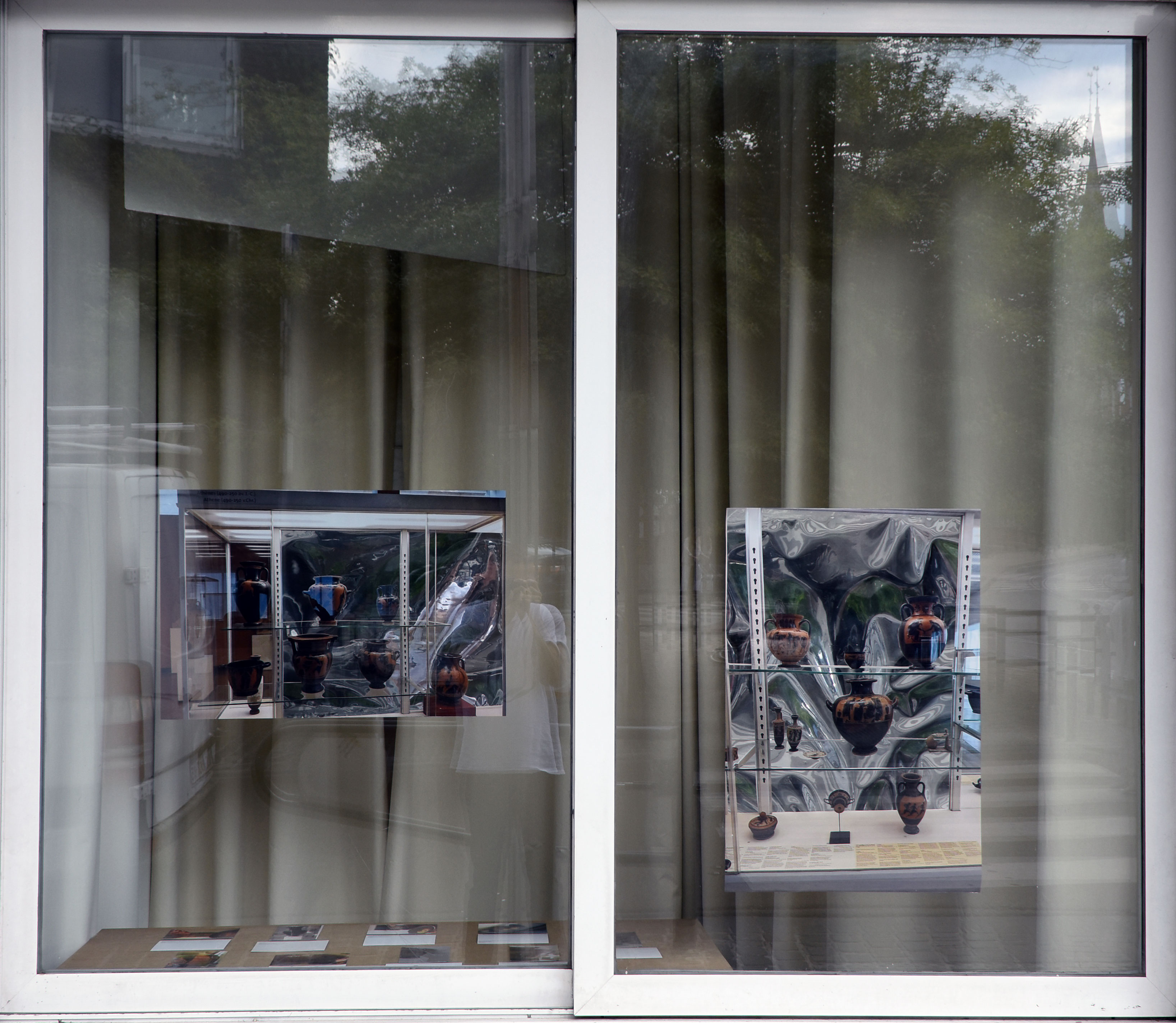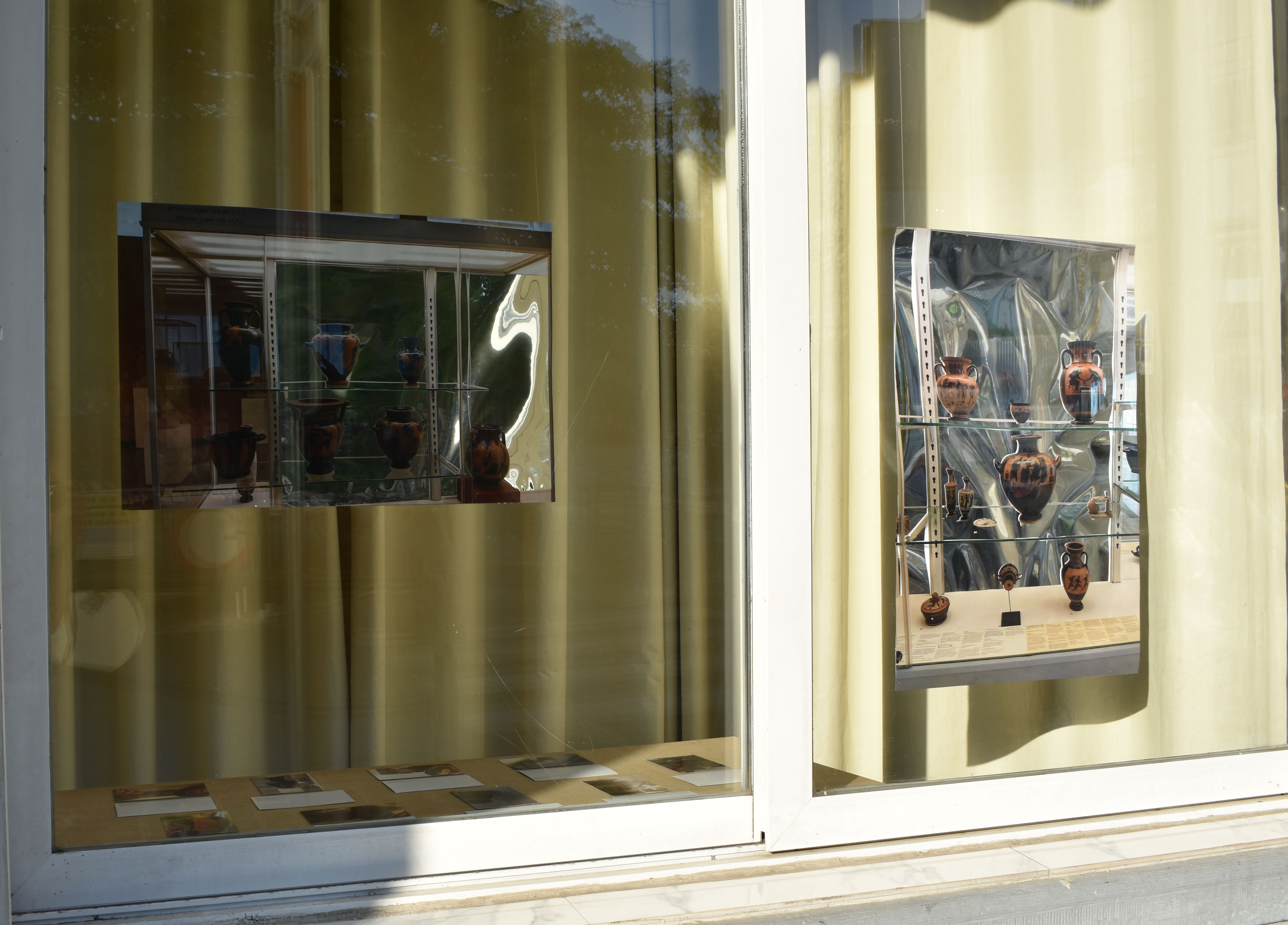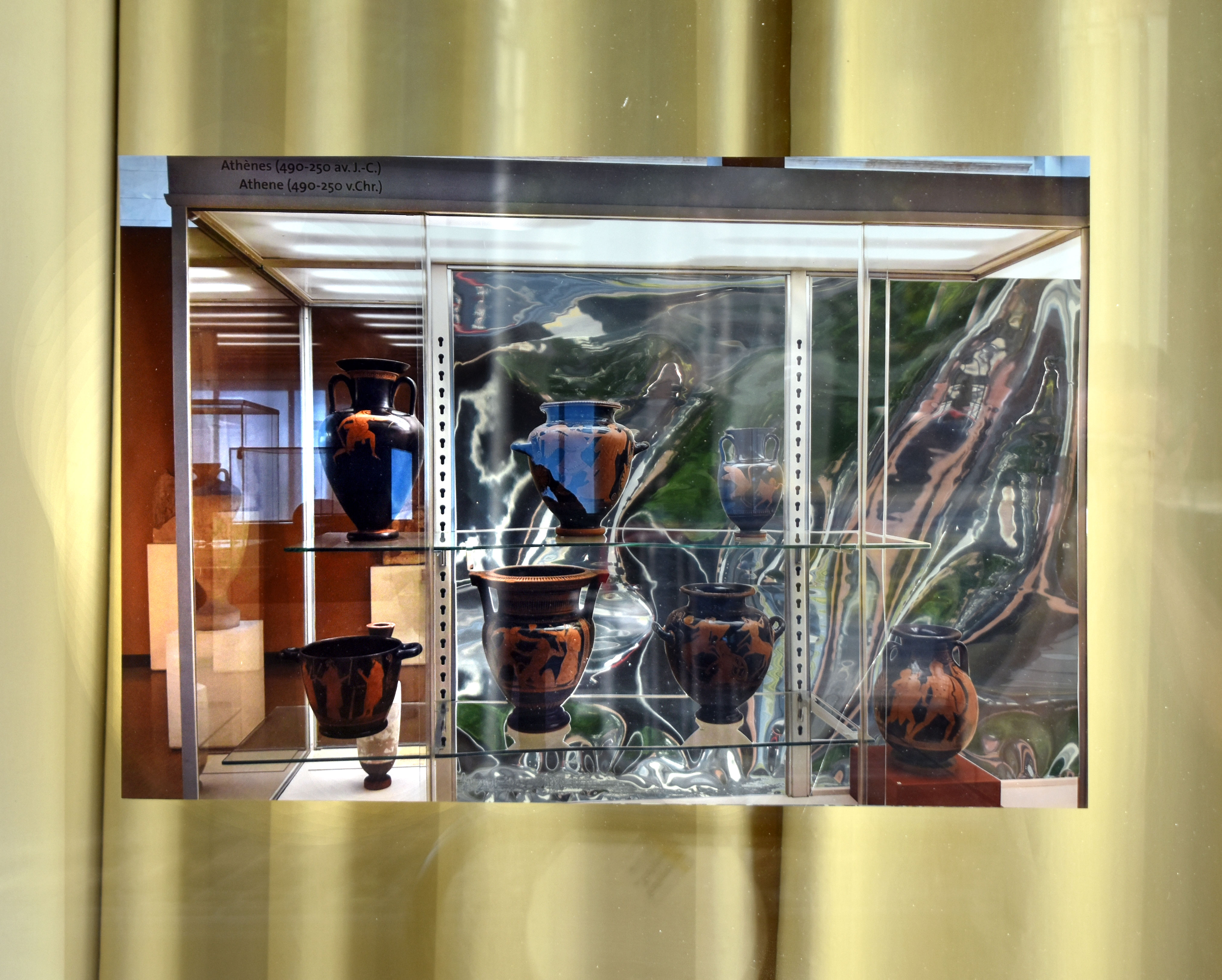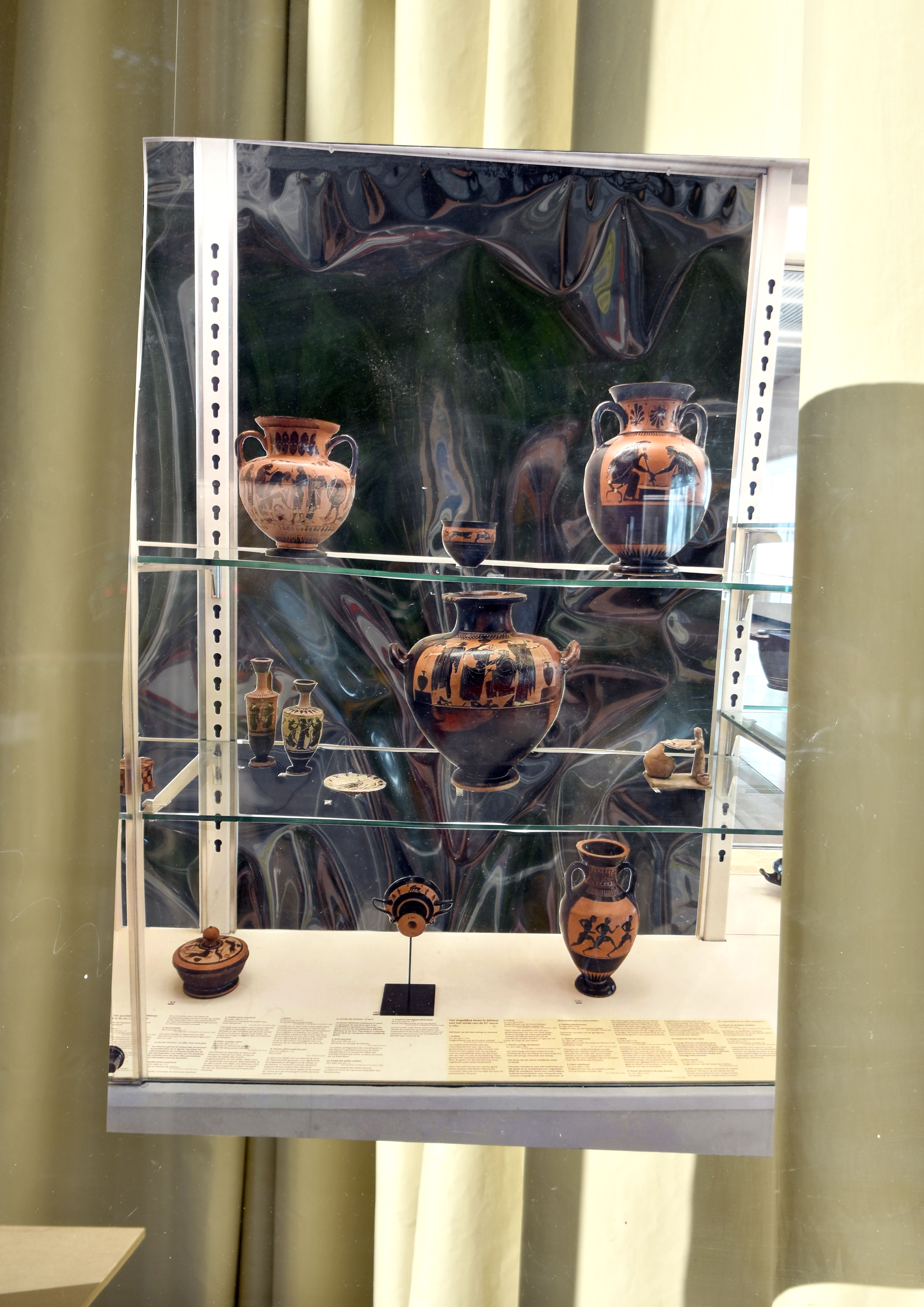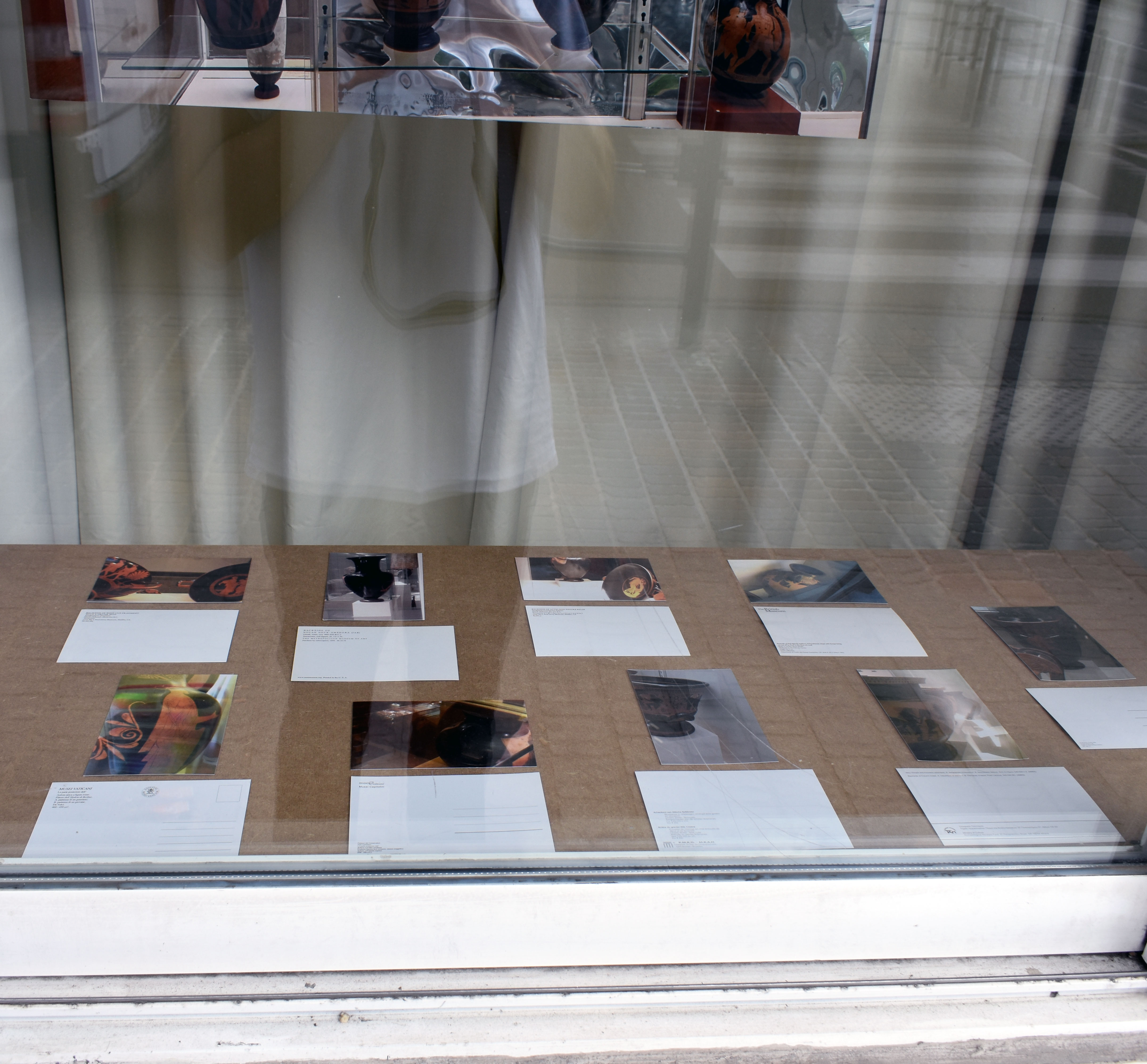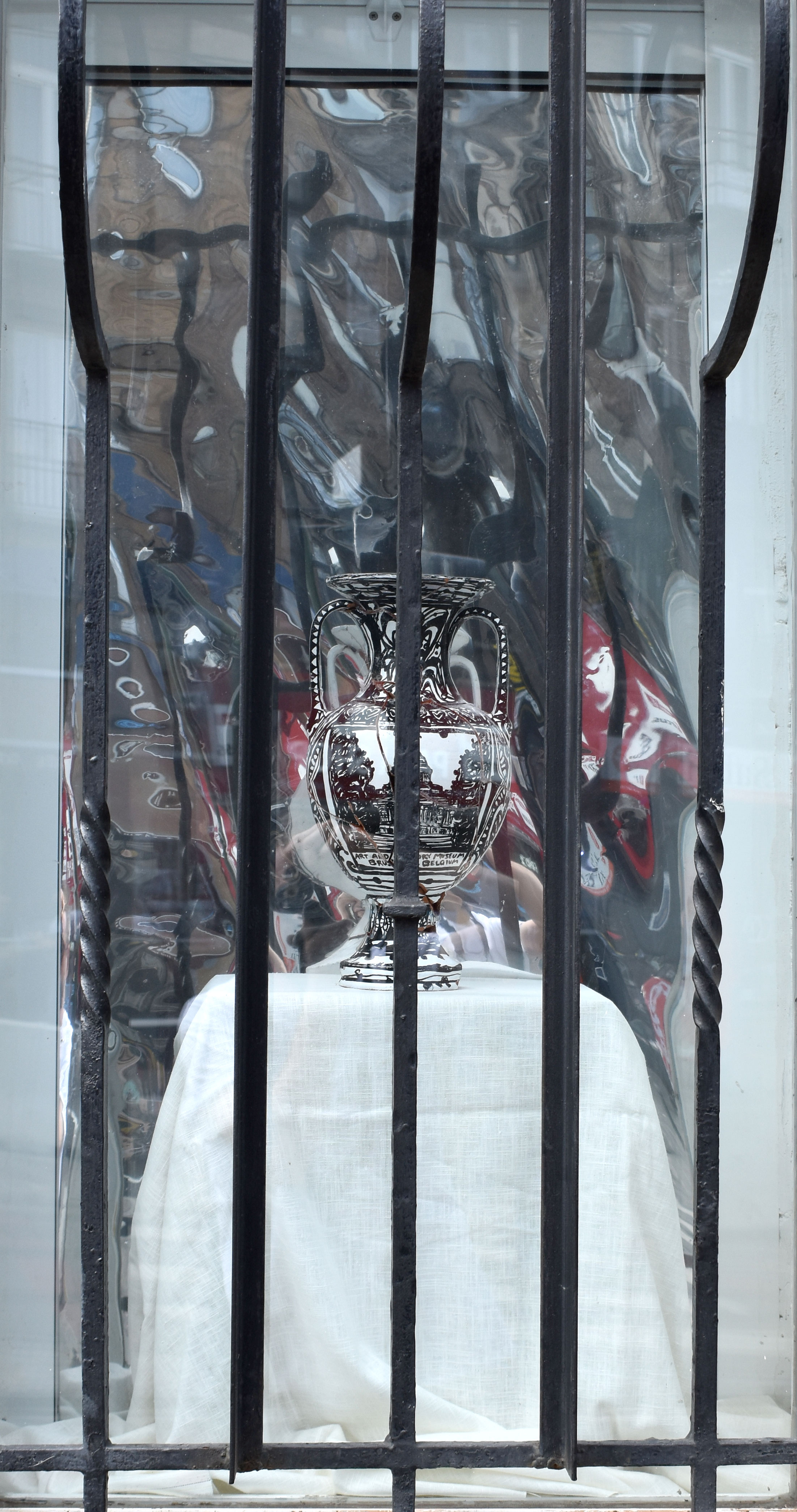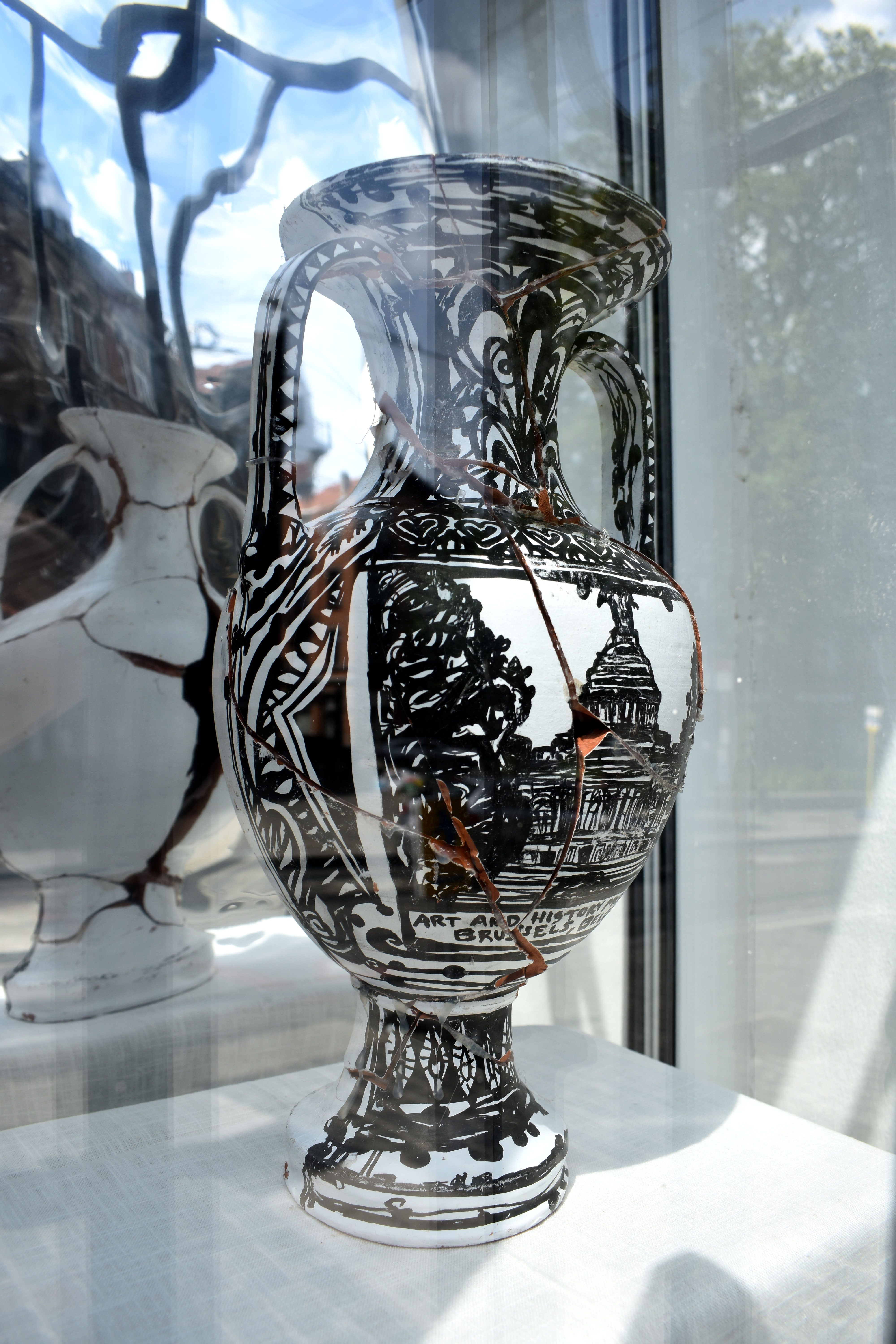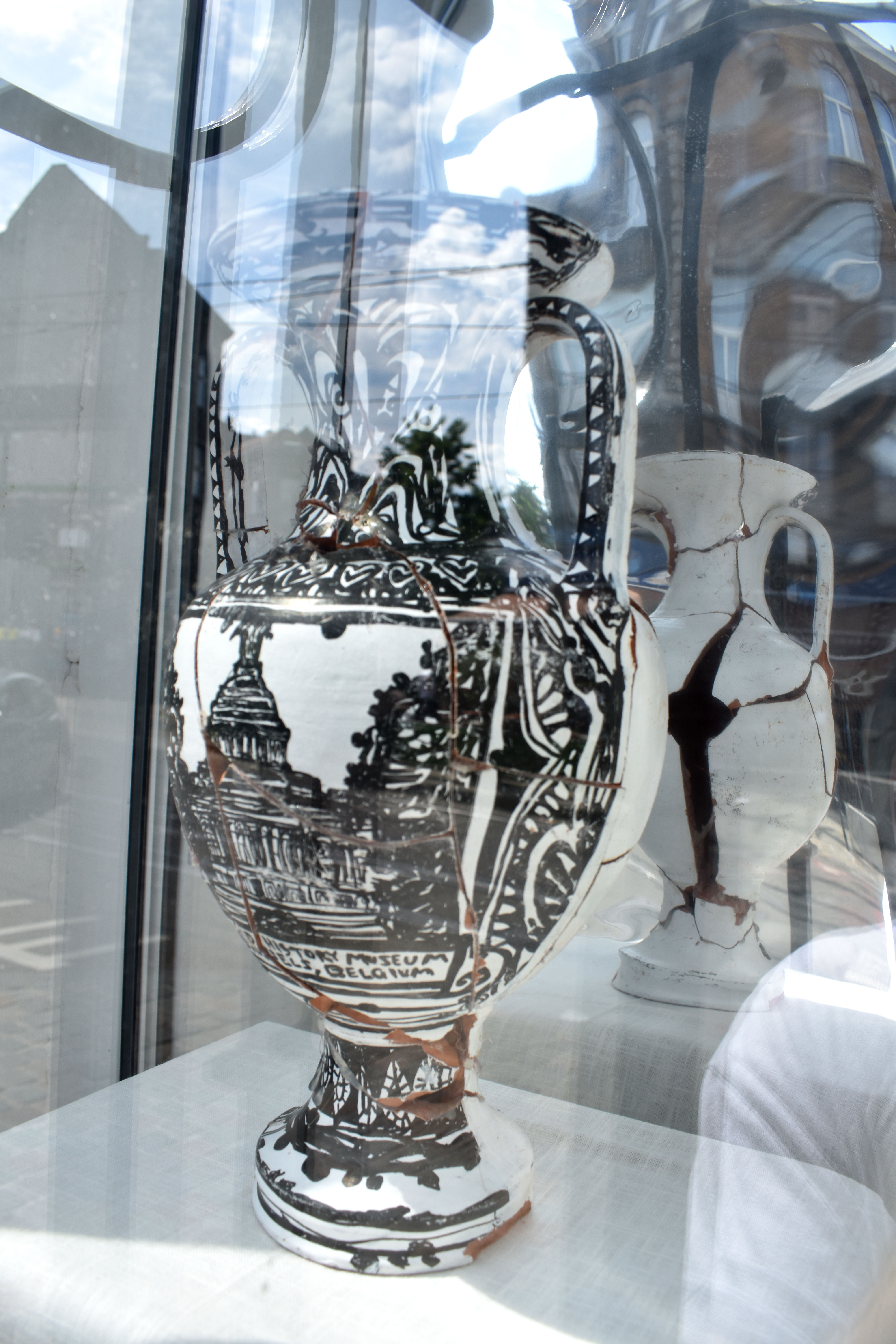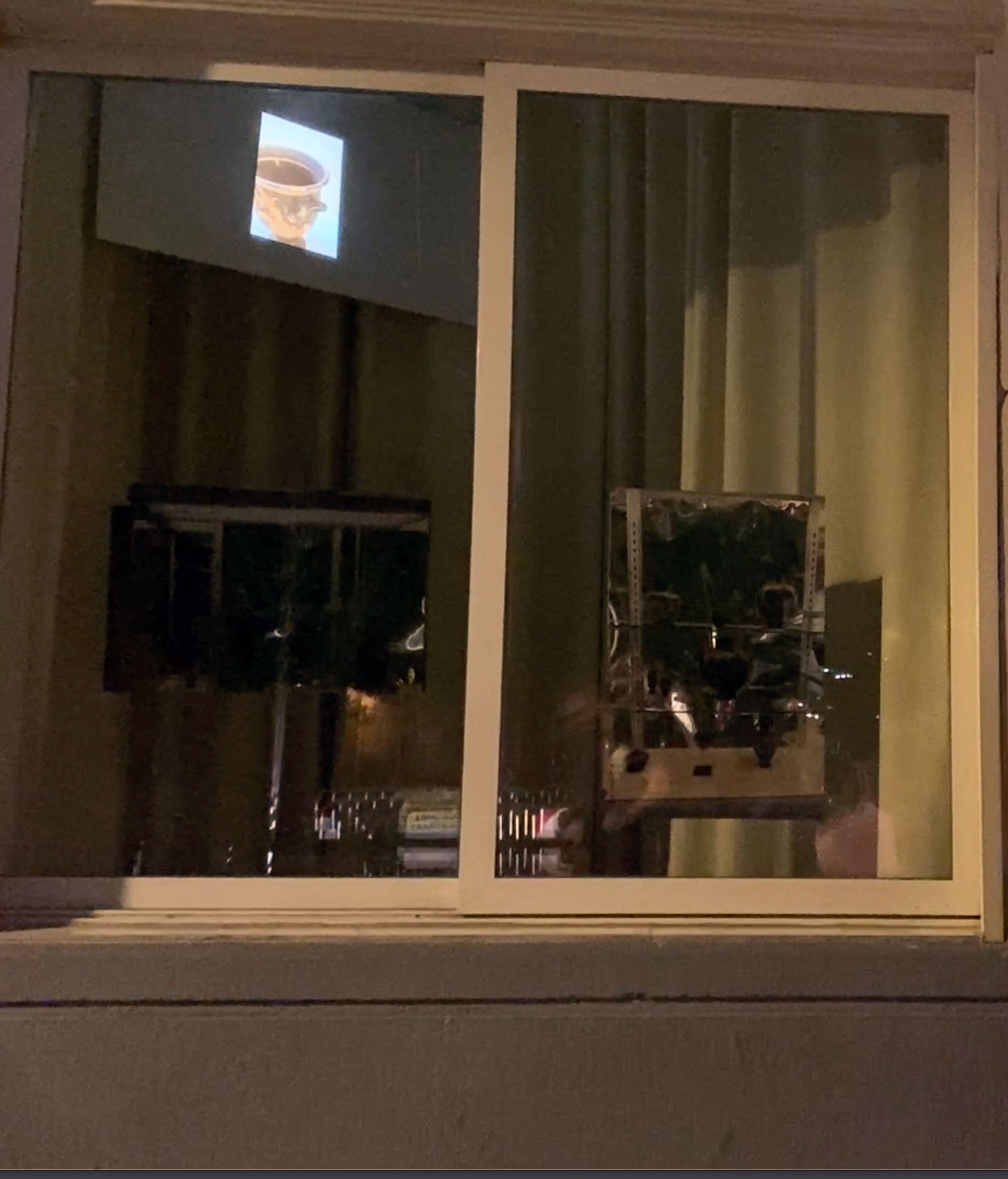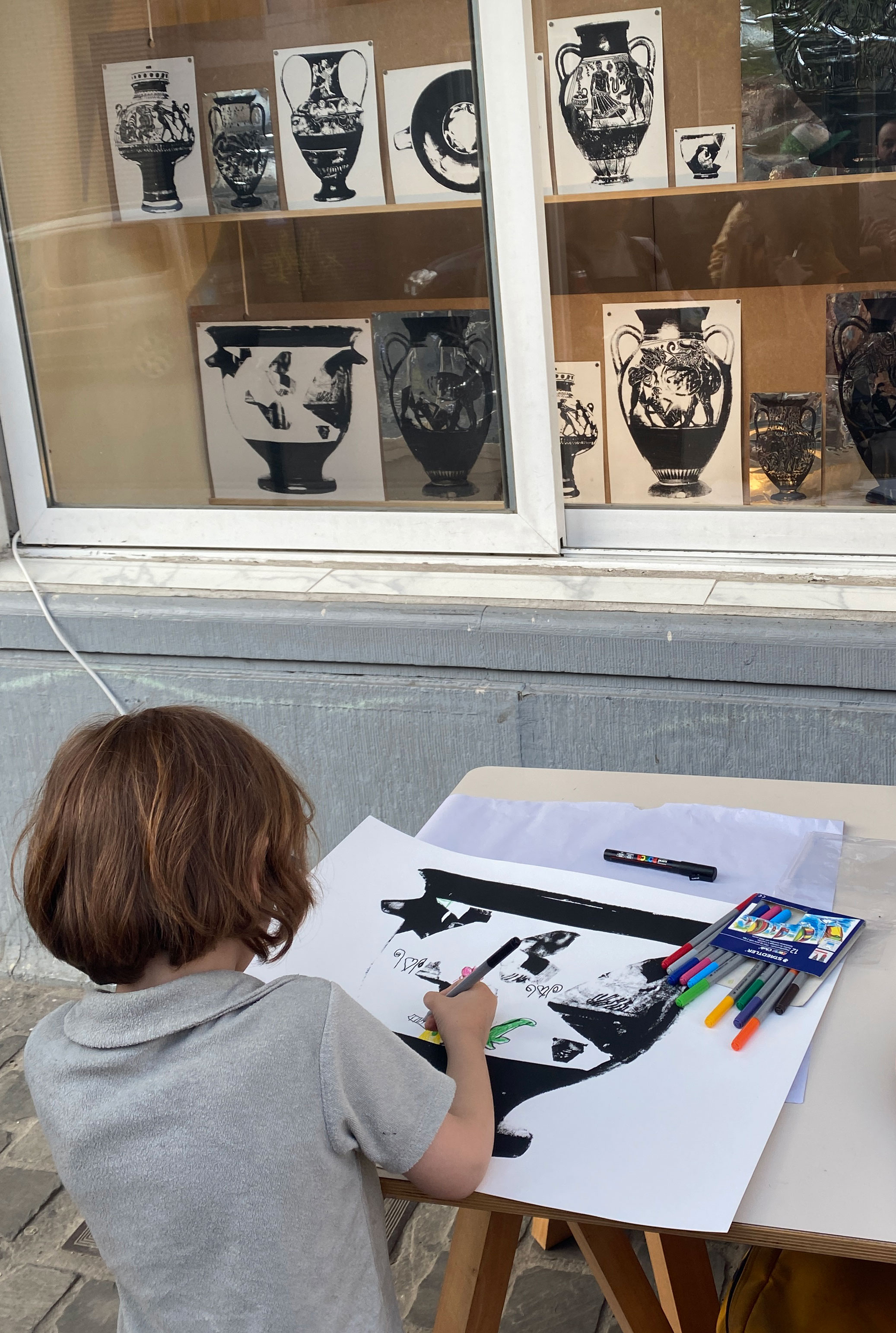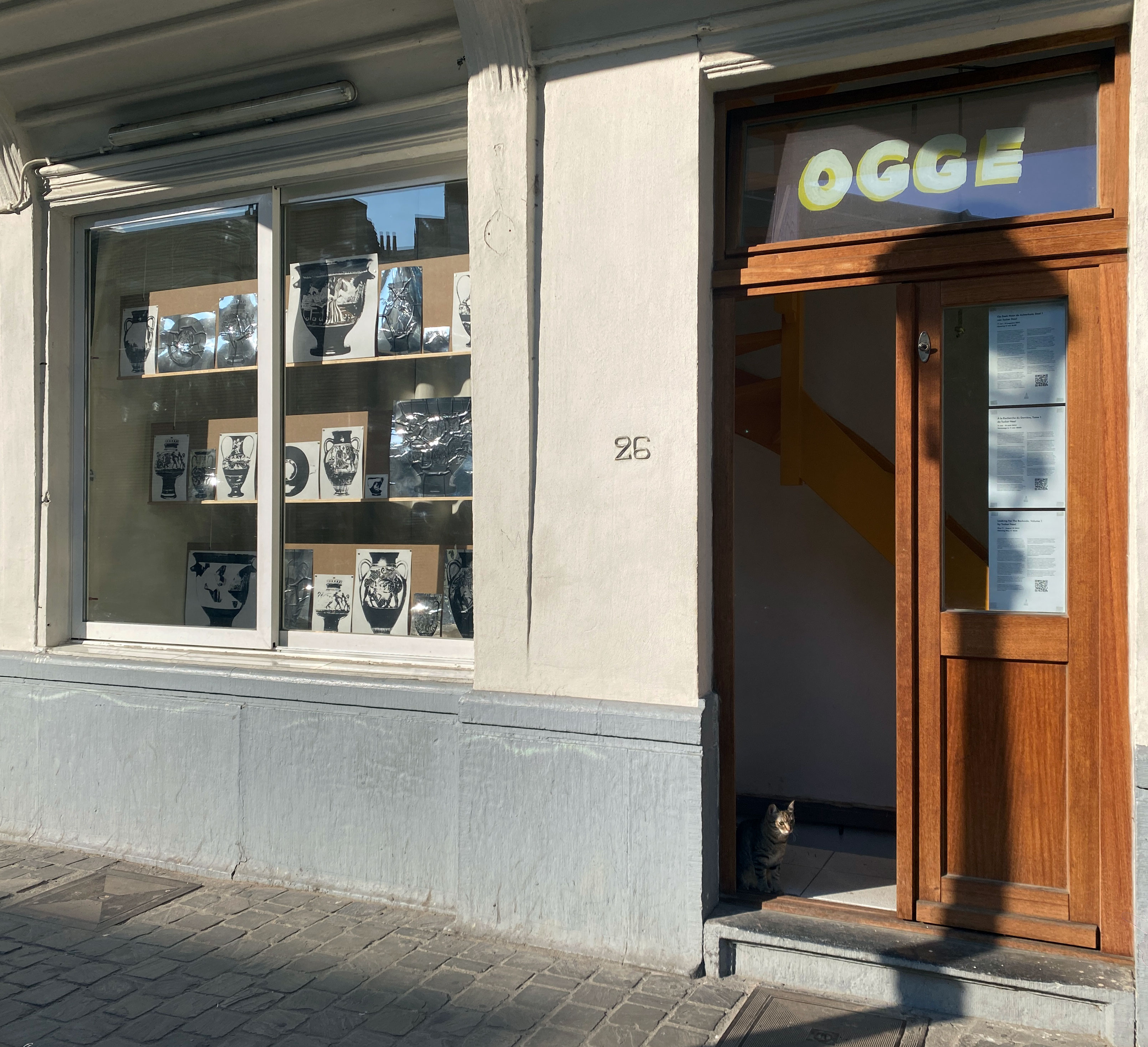Looking For The Backside, Volume 1 (The Art & History Museum in Brussels, Belgium)
Ogge, Brussels, Belgium
2024
Ogge, Brussels, Belgium
2024
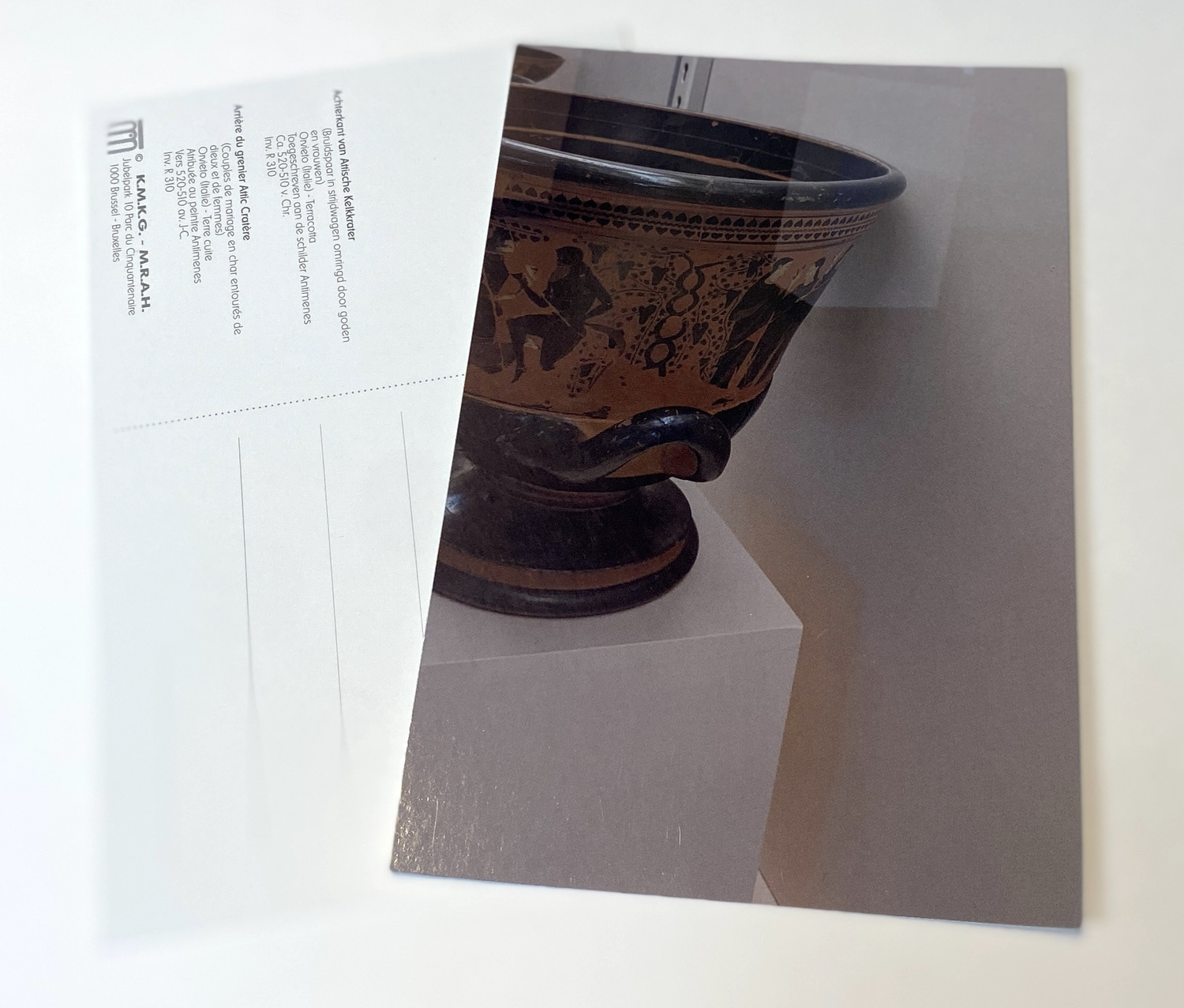
Press Release
Since their inception, encyclopedic museums of art and history have featured exhibitions of ancient Greek pottery. Crafted centuries ago, these terracotta artifacts were intended as three-dimensional objects, designed to be observed from all angles. However, in contemporary museums, they are often positioned with one side facing the back of a display case, obscuring half of their entirety from sight.
Tucker Neel finds this phenomenon fascinating because it illustrates how ideology functions through omission; what institutions choose to hide can say more about who they are than what they reveal. Neel has spent the past decade documenting ancient Greek pottery collections in museums around the world from his perspective, pressing his face against walls and cabinets to capture images with his smartphone in an effort to see each vase in its entirety.
During this process, he uncovered how museums conceal elements they wish to keep hidden. Frequently, vase arrangements favor men over women, heroes over ordinary individuals, figuration over decoration. Sexual or grotesque scenes are repeatedly left in shadows. Cracks and awkward restorations are obscured to make certain vases appear more artistically cohesive. Intact sections receive attention while their broken counterparts remain unseen.
These curatorial choices reflect which people, narratives, imagery, perspectives, and ideals museums prioritize. The preference for one side, one way of seeing over another, extends from the museum vitrine into the broader culture.
In Ogge’s project space, Neel seeks to highlight his findings through a digital slideshow documenting his attempt to photograph the back of every ancient vase in Greco-Roman wing of The Art and History Museum in Brussels, Belgium. In response to the hidden backside problem, he presents two reflective posters as proposals for a redesign of the collection, suggesting that museums could simply install mirrors to provide a better view.
The installation also features a replica Greek amphora Neel bought on eBay, painted in his studio in Los Angeles, and then shattered into pieces before transporting it in his luggage to Ogge, where he reassembled it using hot glue. Such an absurd activity recalls how important artifacts were - and are - taken, broken, transported, remade, and sold as part of a questionable global antiquities marketplace.
In another window, visitors can view Neel’s screen prints on both paper and reflective mylar of vases selected from The Brussels Art and History Museum’s online archive. Some prints include accompanying drawings, while others do not. These works celebrate the creative potential found in imperfection, highlighting how the empty spaces within ancient pottery prompt viewers to engage their imagination to visually complete each vase.
You can create your own artwork from Neel’s screenprint series by purchasing affordable prints on paper and/or mylar. Simply email ollyorneel@gmail.com or stop by Ogge and ring the doorbell.
Individual Works
![]()
![]()
![]()
![]()
![]()
![]()
![]()
![]()
![]()
![]()
![]()
![]()
![]()
![]()
![]()
![]()
![]()
![]()
![]()
![]()
![]()
![]()
![]()
![]()
![]()
![]()
![]()
![]()
![]()
![]()
![]()
![]()
![]()
![]()
![]()
![]()
![]()
![]()
![]()
![]()
![]()
![]()
![]()
![]()
![]()
![]()
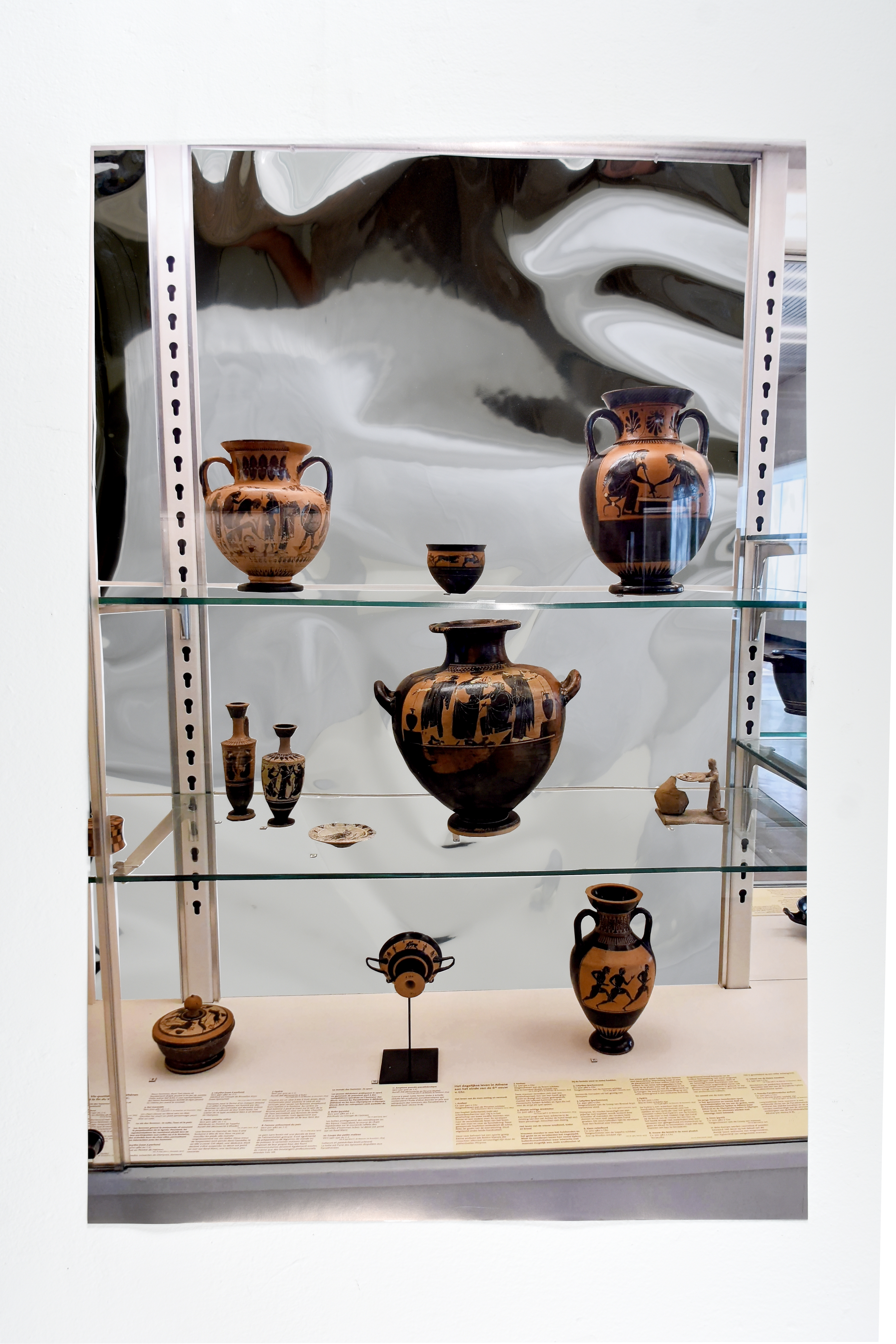

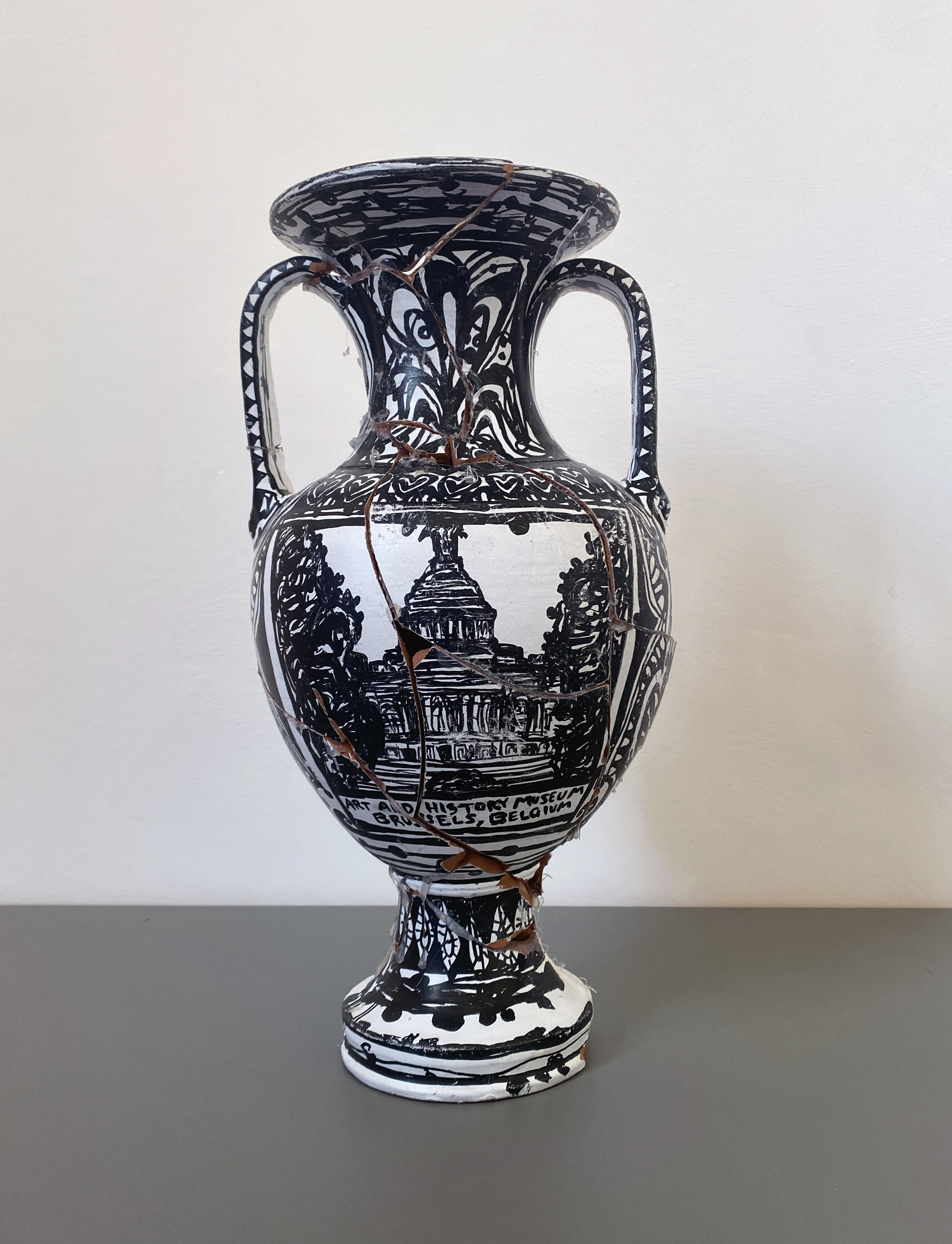
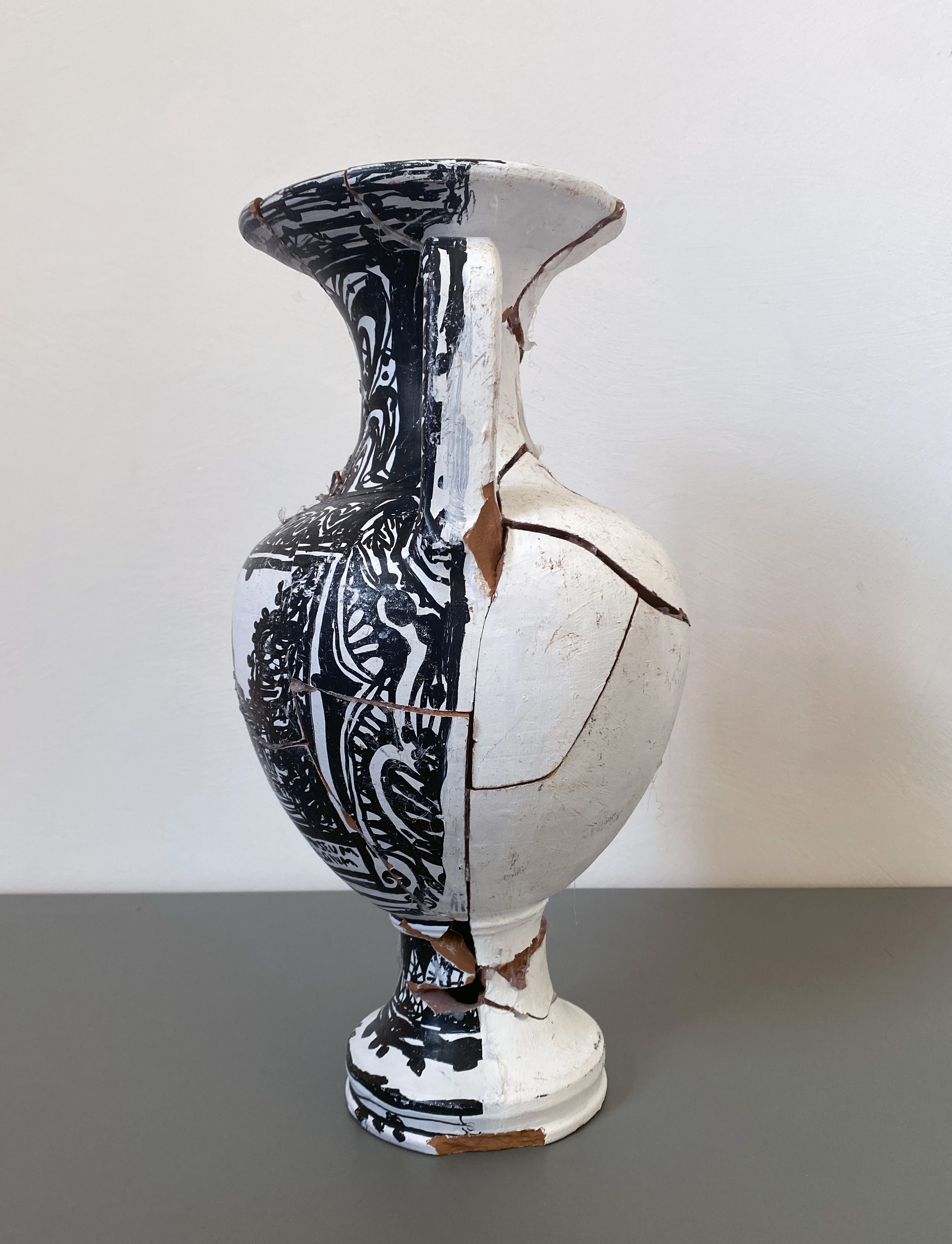
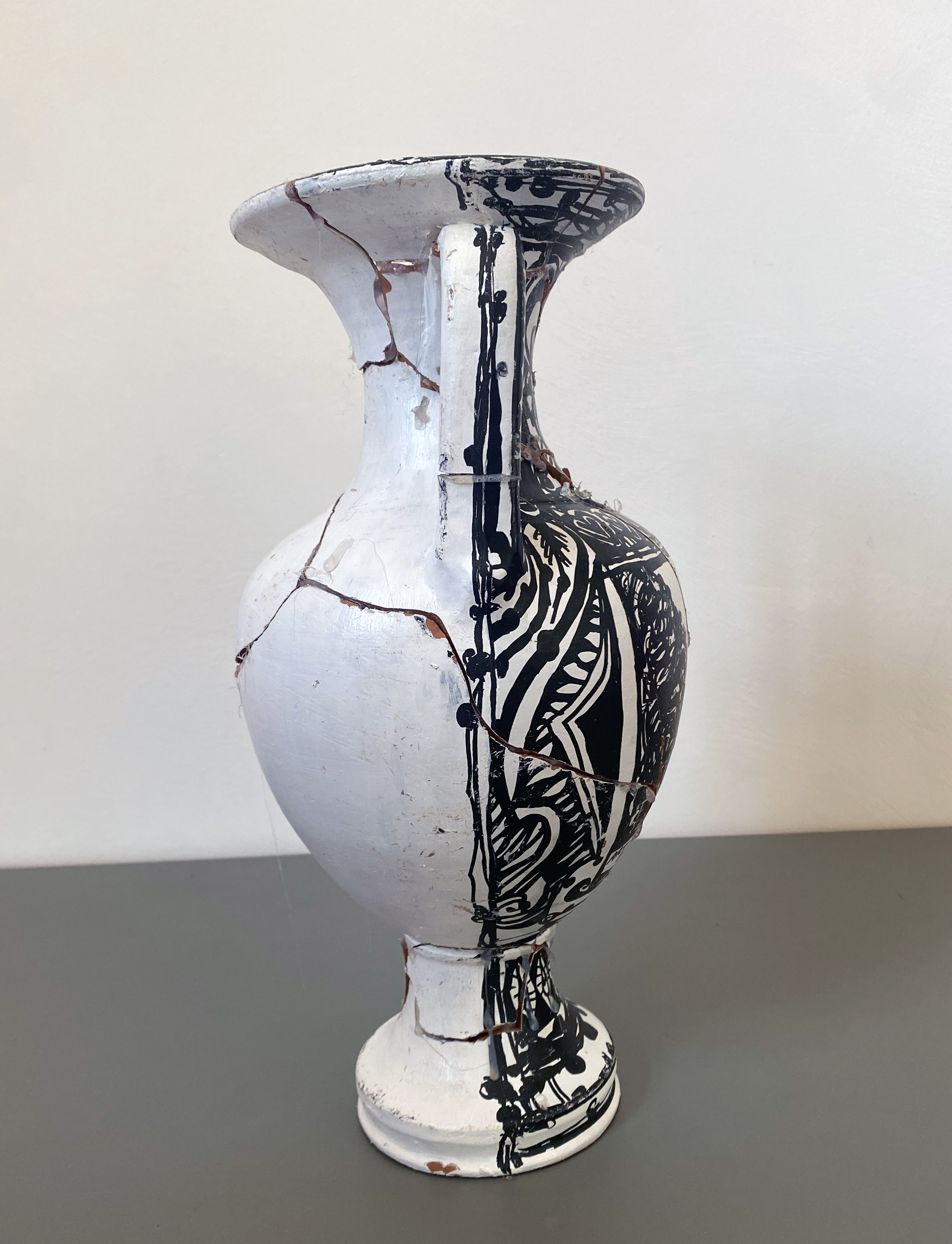






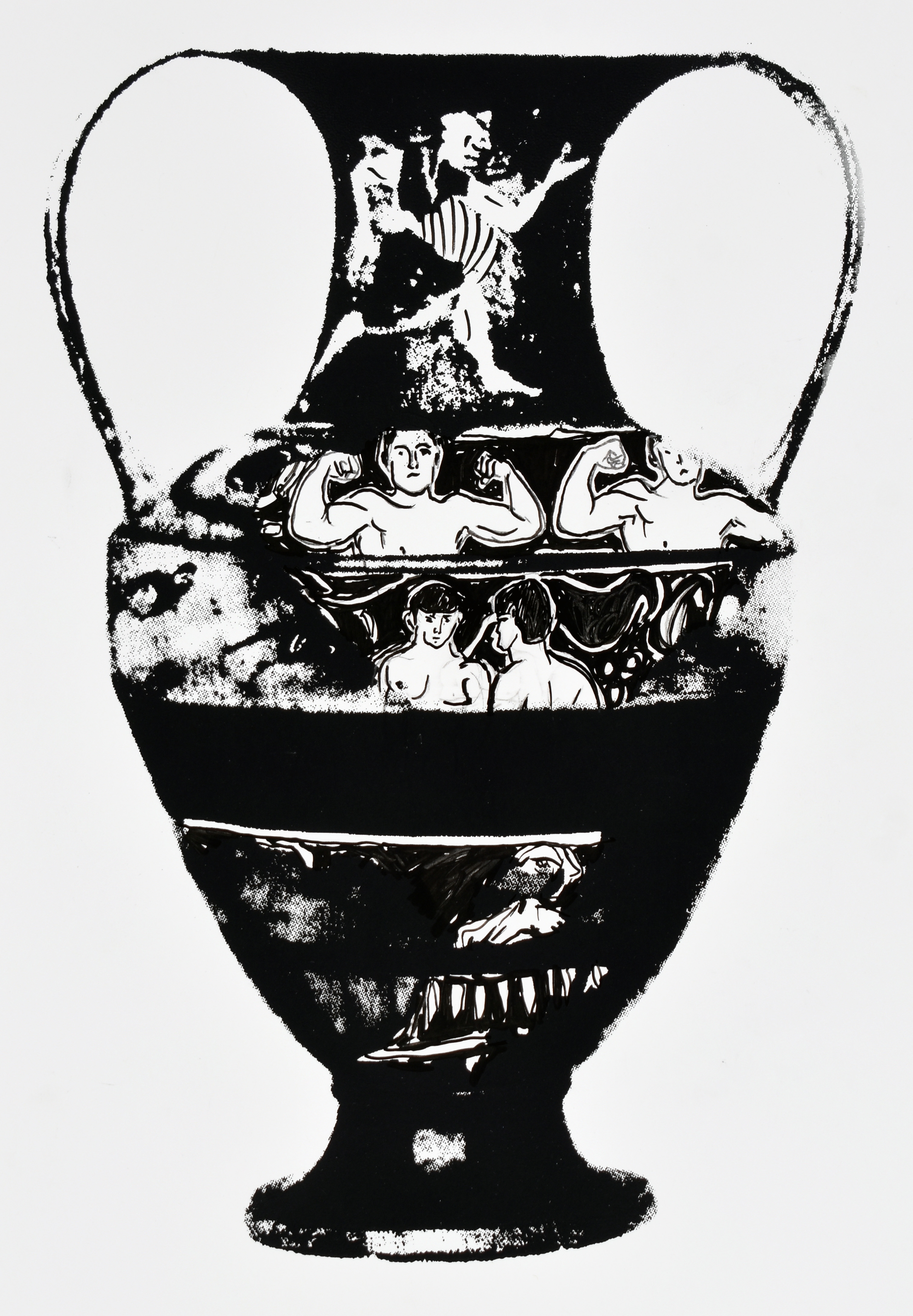

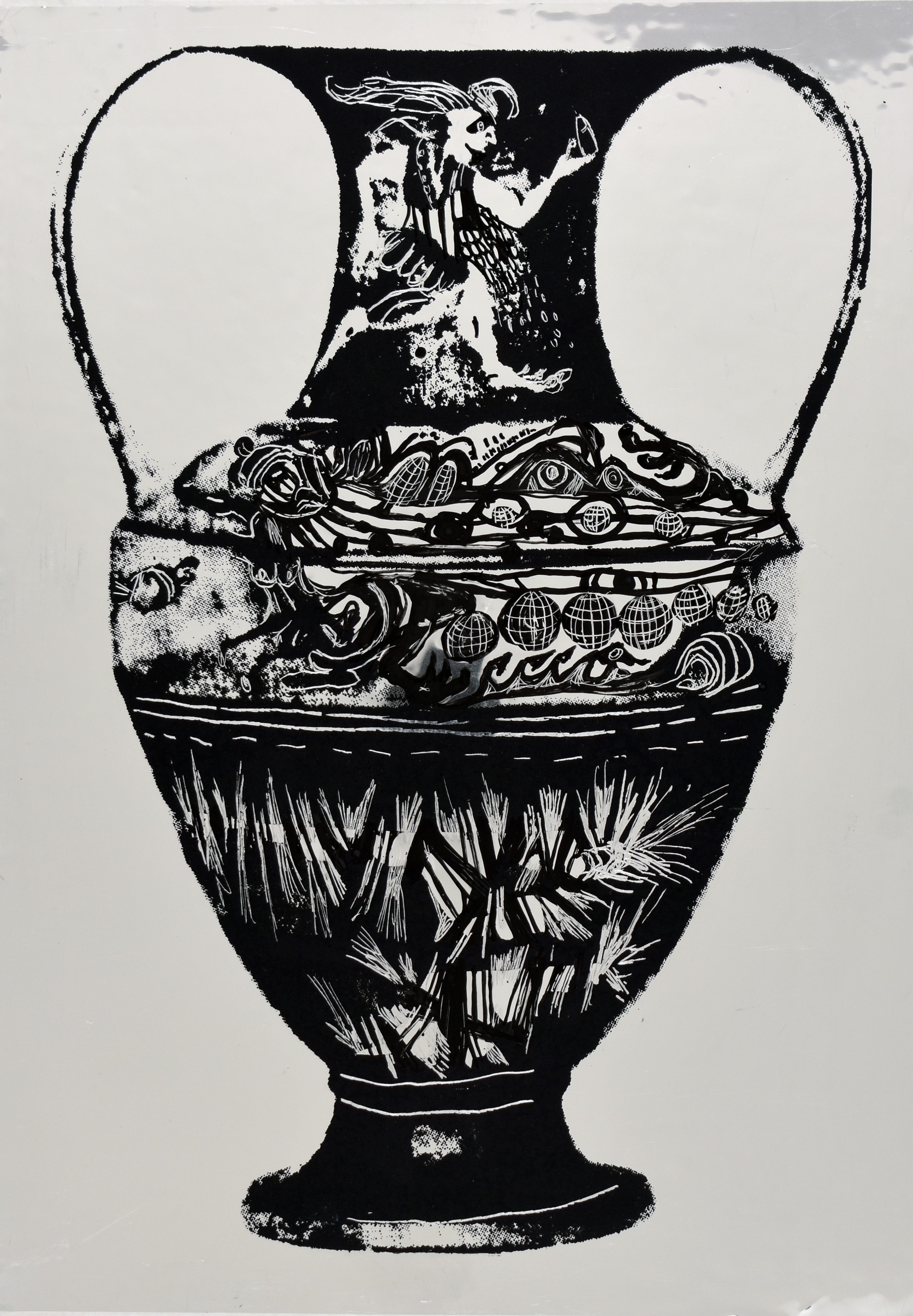





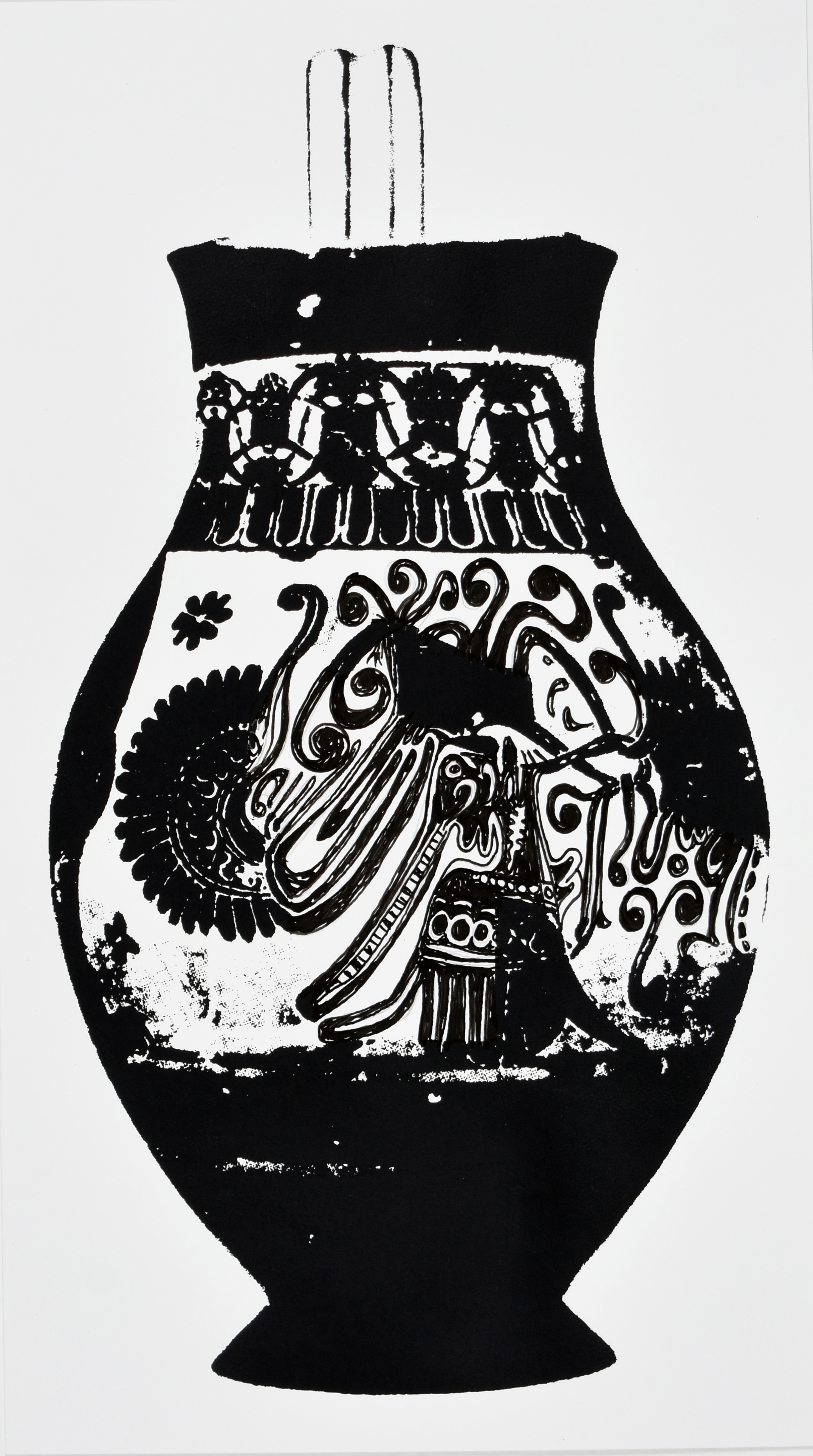



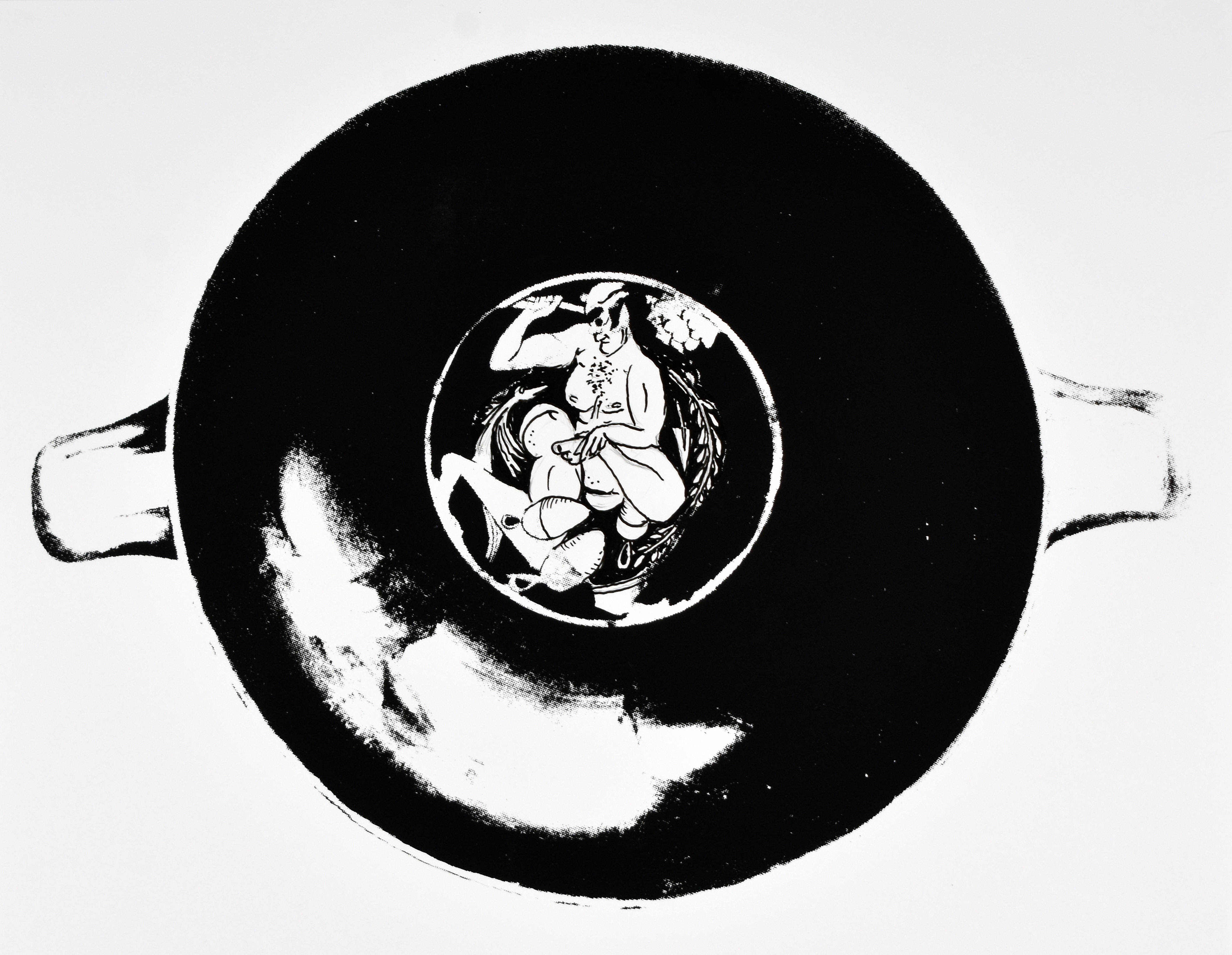


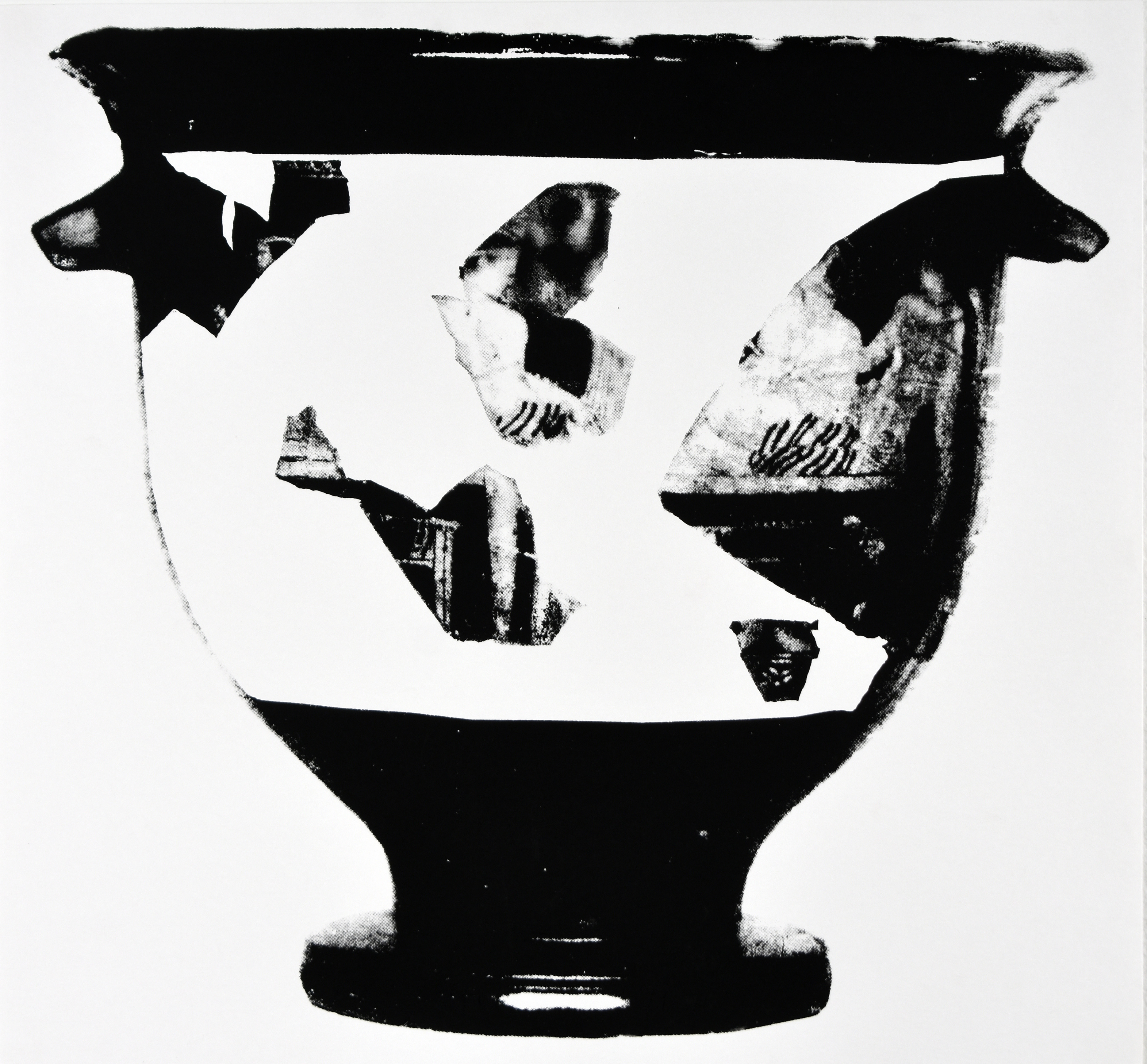




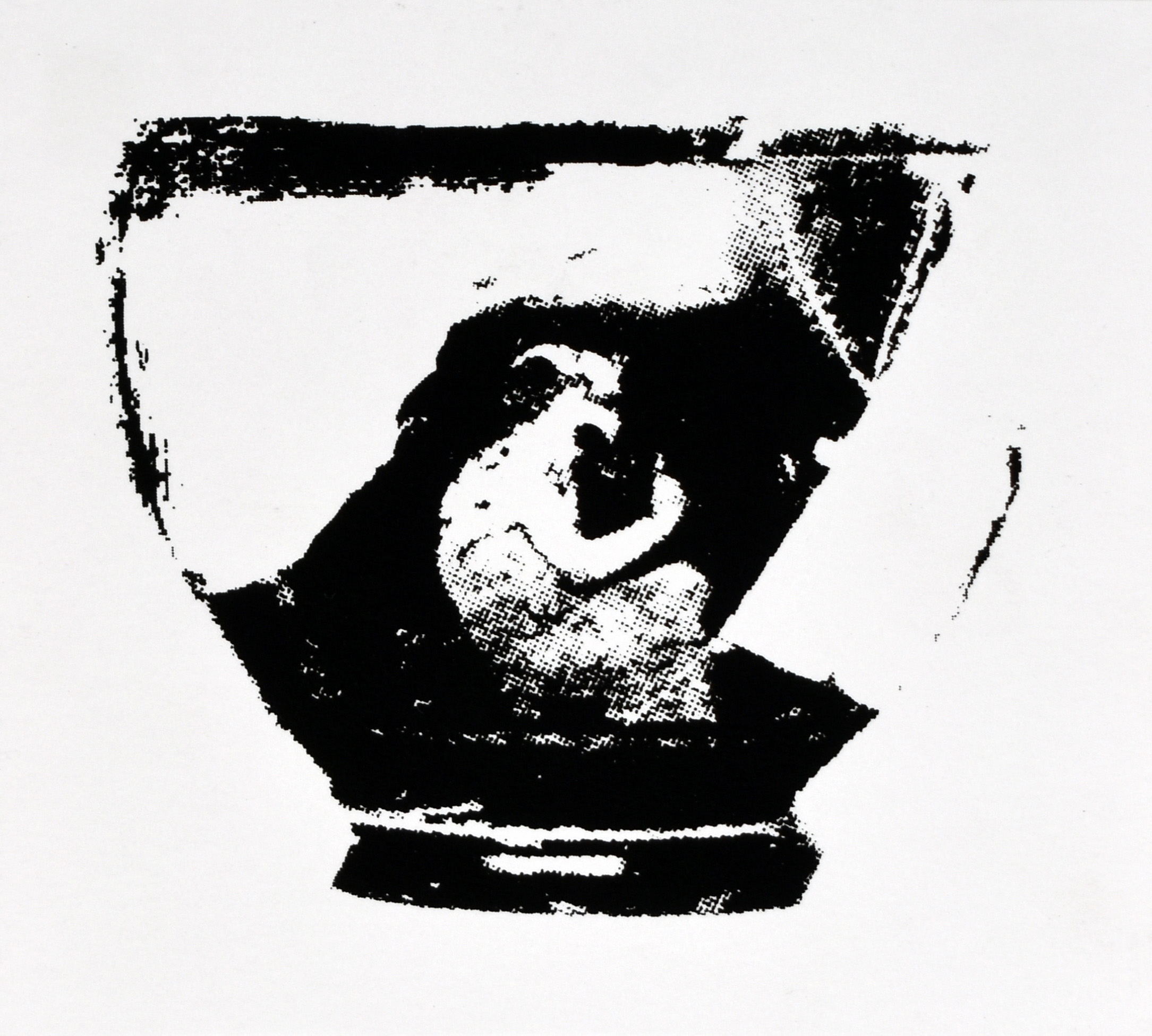






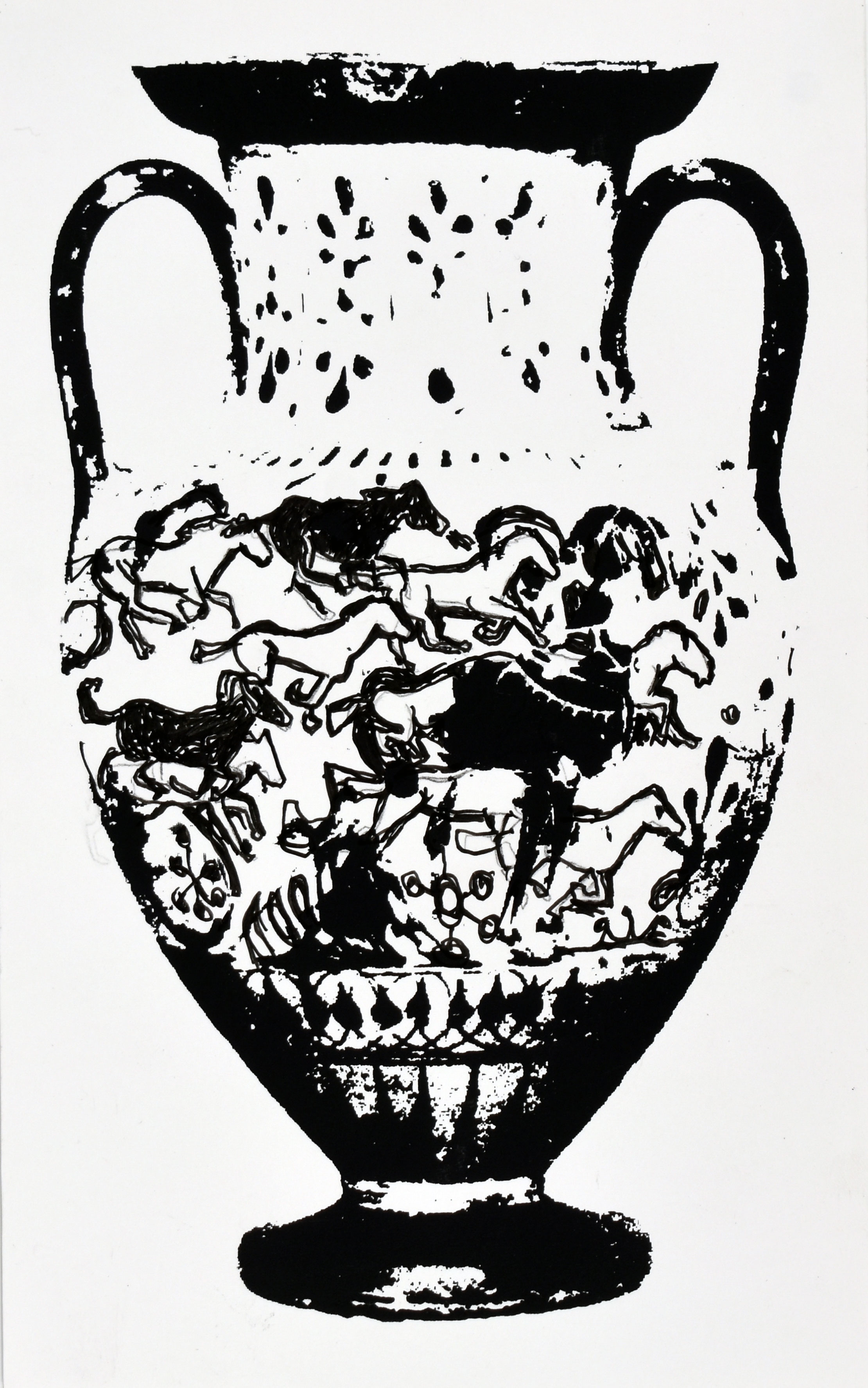



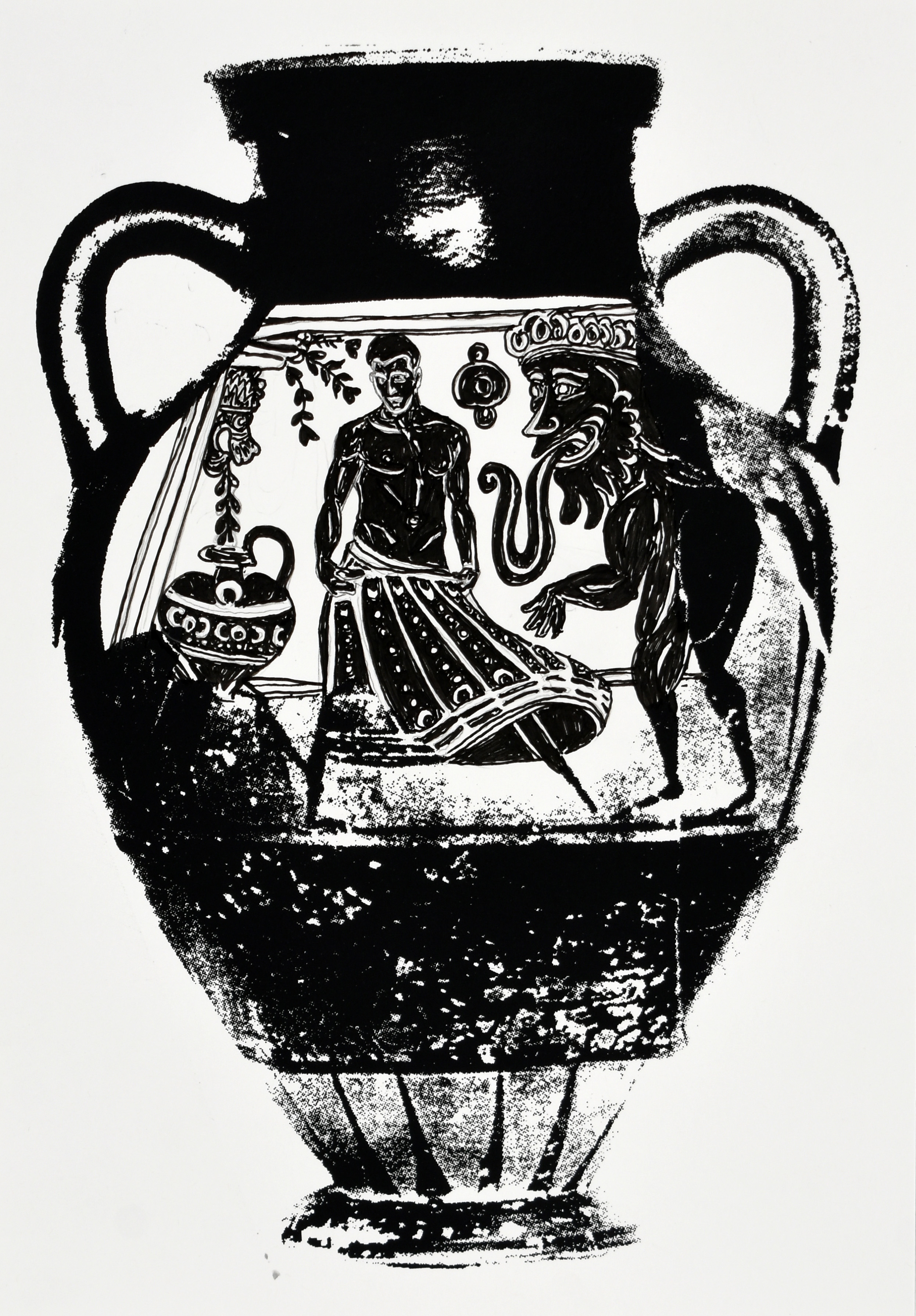



©2024 Tucker Neel. All rights reserved.
